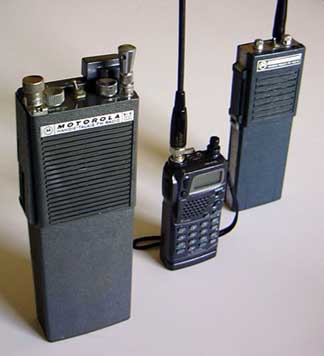
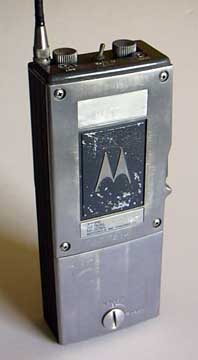
This all discrete component handheld arrived on the market in 1962. This radio ain’t no sissy microtalkie of nowadays. It takes rugged men to pack this thing around and not let it pull your pants down when belted.
Remarkable as it is, it delivered 2 watts transmit power and 1/2 watt audio on a large size speaker that would rival a mobile unit of today. Its thick hi-impact plastic housing with an all-metal back gave the radio exceptional ability withstand hazardous environments, operate in all conditions from typical public safety duties to the jungles of Vietnam, chock a runaway railroad car, and withstand a nuclear blast at fifty yards (OK, so I made up the last two).
It is quite different from today’s radios but working models can still be found on the used market. HT200 model is another paradigm: setting frequencies is rather archaic by today’s standards, and does not have the sophistication of an Astro Saber. However, the real question is, are you man enough to handle this radio?
HT-200 with a Icom T7 and a HT-220


Top of HT-200. Regular 2-channel on left, universal model (with VHF lowband loading coil) on right.
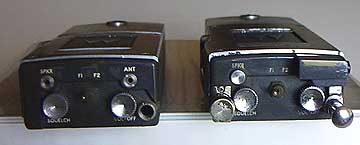
inside the HT-200
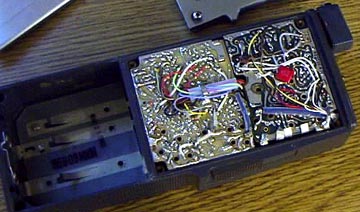
HT-200 transmitter circuit board has to be gingerly pried out first, then the receiver circuit board.
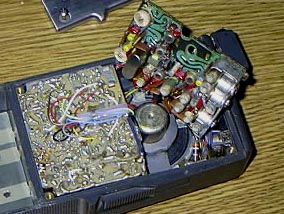
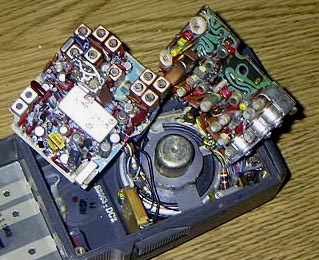
HT-200 antennas and loading coil.
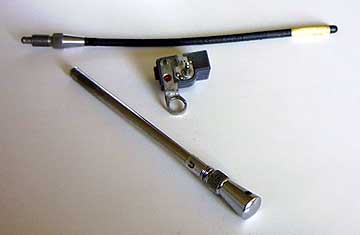
HT-200 battery and battery compartment.
Notice the switch inside to go from internal spkr/mic to external spkr/mic.
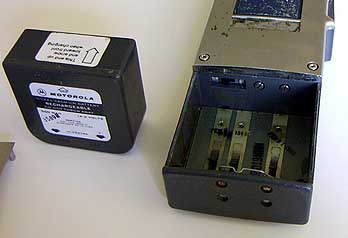
HT-200 in Action during the 1960s
“Motorola ‘Handie-Talkie’ two-way FM portable radios are used by foot patrolmen and for motor-scooter operations.”

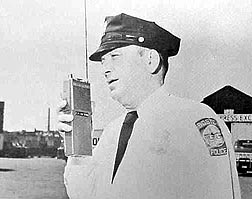
HT-200 parts lists from a 1978 Motorola Parts & Data Handbook:
Click here for HT-200 Parts Lists (H21, H23, H24 DCN and DEN Series)